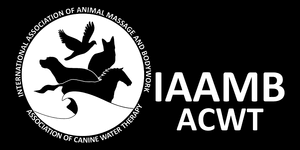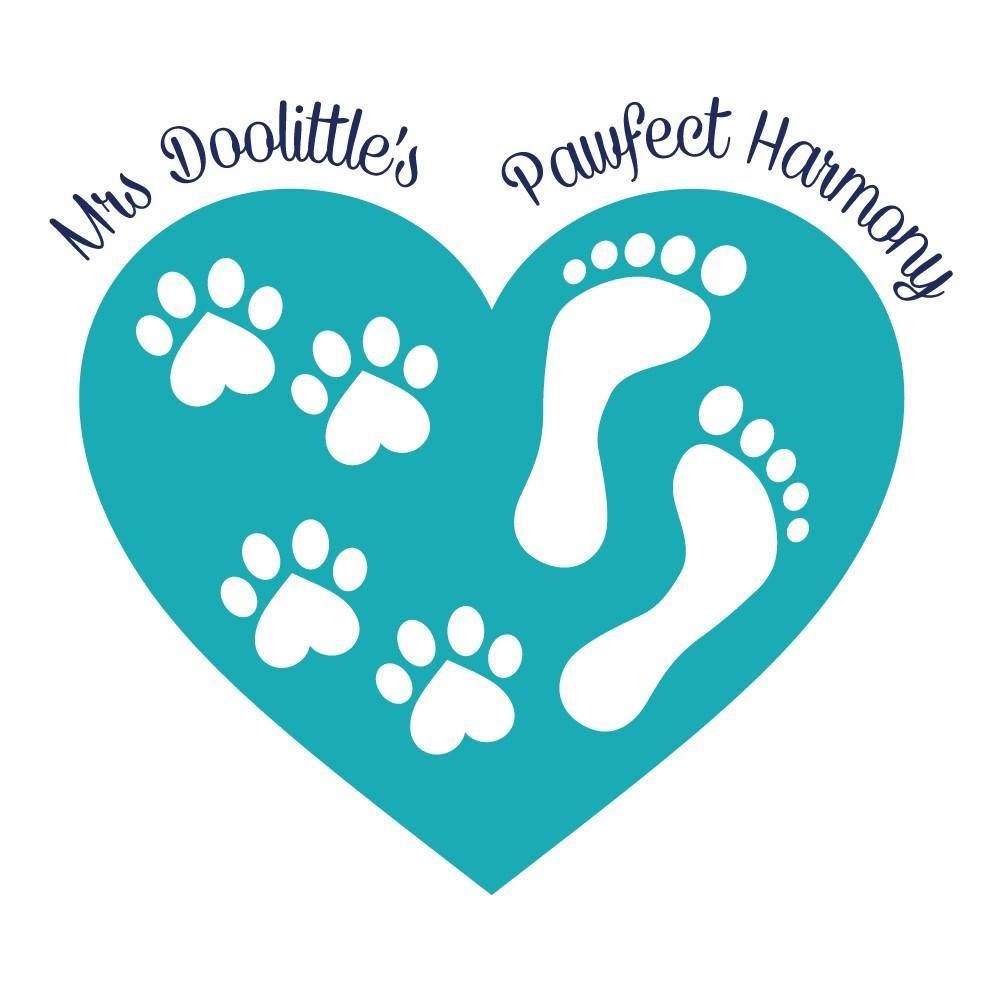Fascia – the ultimate connective tissue
/All animals, including humans are born with and held together by a net of connective tissue known as fascia. Laying just beneath the skin this soft tissue webbing connects the skin to the muscles and bones, surrounds and connects organs, encapsulates blood vessels, muscle fibres, and forms ligaments, tendons, joint capsules and periosteum (a dense fibrous membrane covering the surface of bones). Every organ in the body, including the brain, is encapsulated in this unique connective tissue. Fascia is a whole body communication system.
A good analogy for fascia is a spider’s web. If you touch one part of the web, the entire web moves and provides immediate information. There is a connection between emotional patterns, depression, anxiety, trauma and the fascial system. The dog’s body retains memories in the fascia. These memories and emotional references are connected to body positions and movement patterns or holding patterns.
Injury or immobilisation of the fascia can result in reduced electrical conductivity, stress, poor posture, restricted movement, lower strength and endurance. Overall this will impact on the dog’s ability to move and learn.
At a cellular level the dog has an innate memory of correct shape, healthy movement and how it feels to live free of pain and restriction. Facilitating the gentle release of fascia memories, emotions and holding patterns will allow the dog to become more flexible and balanced, physically, mentally and emotionally.









